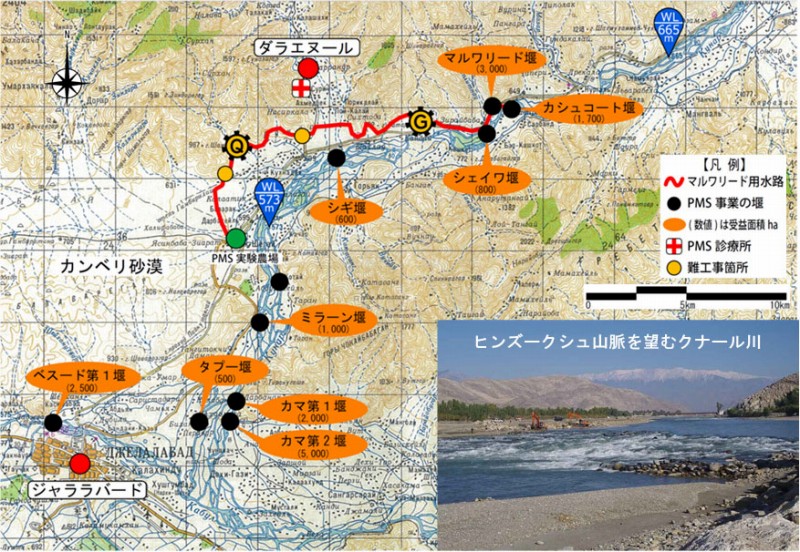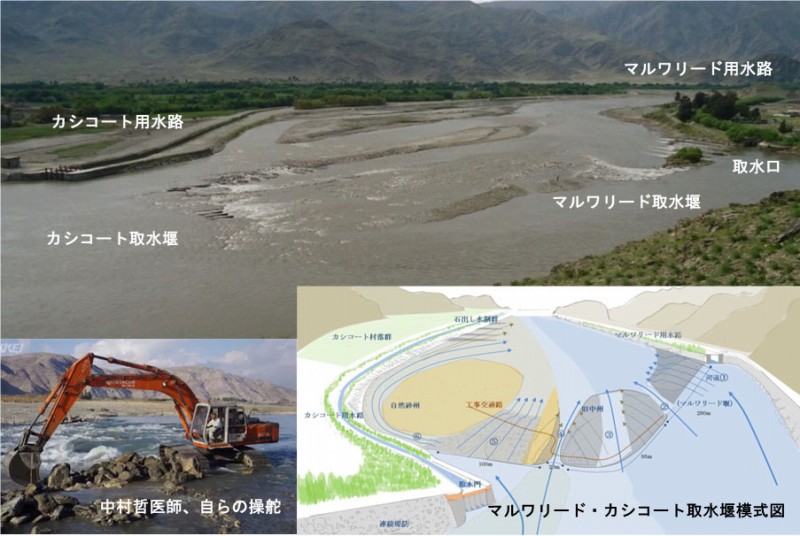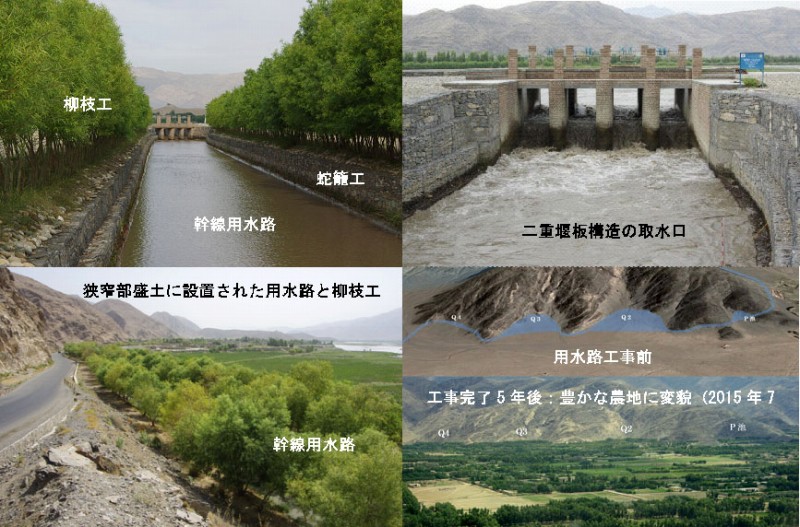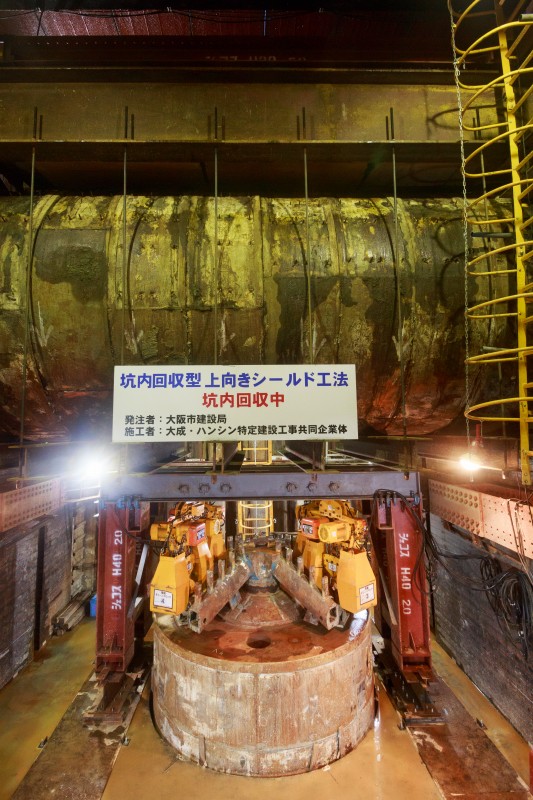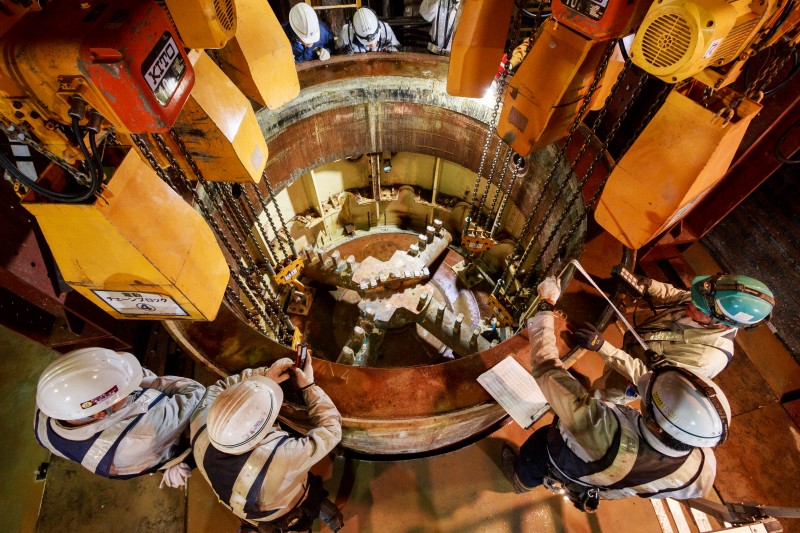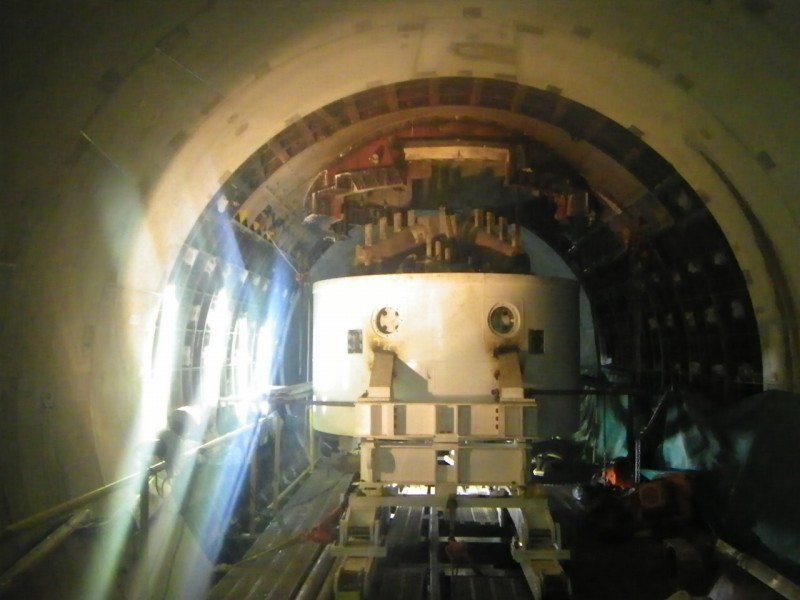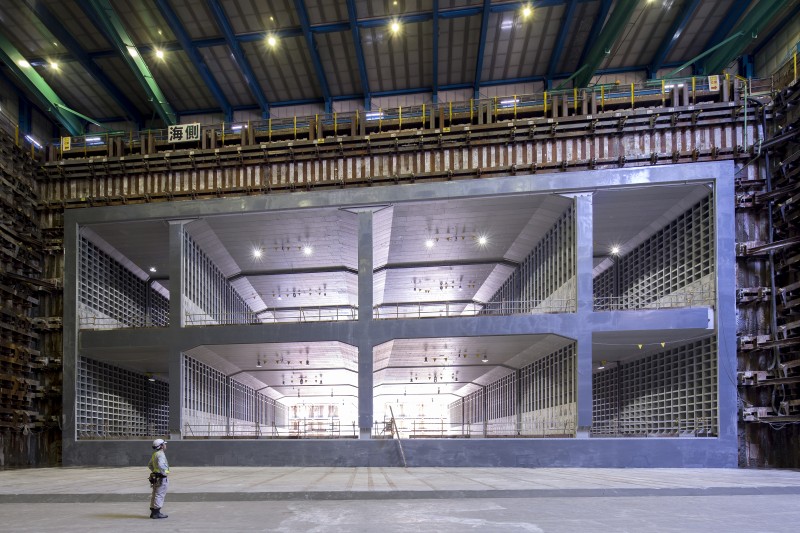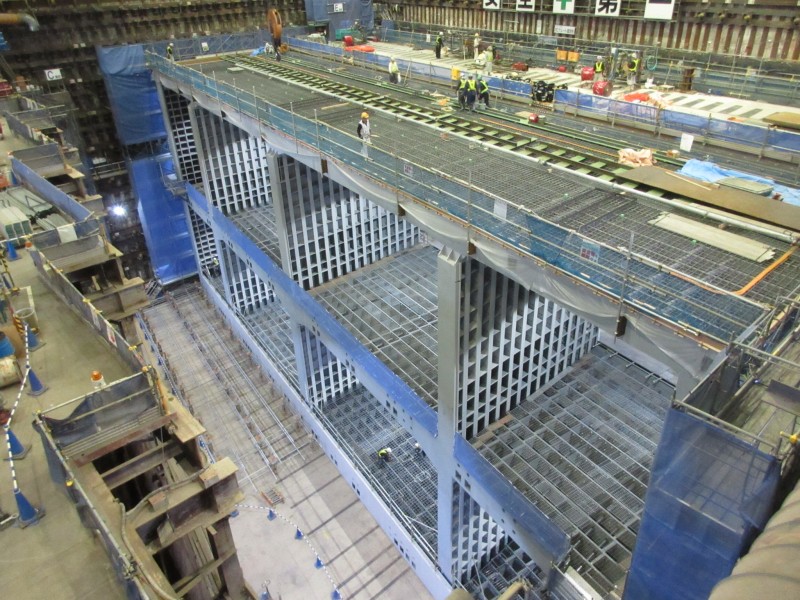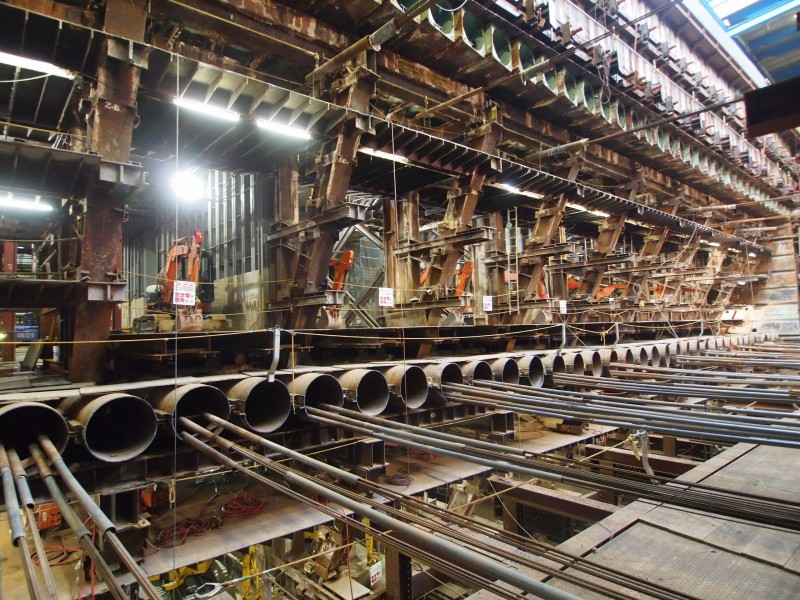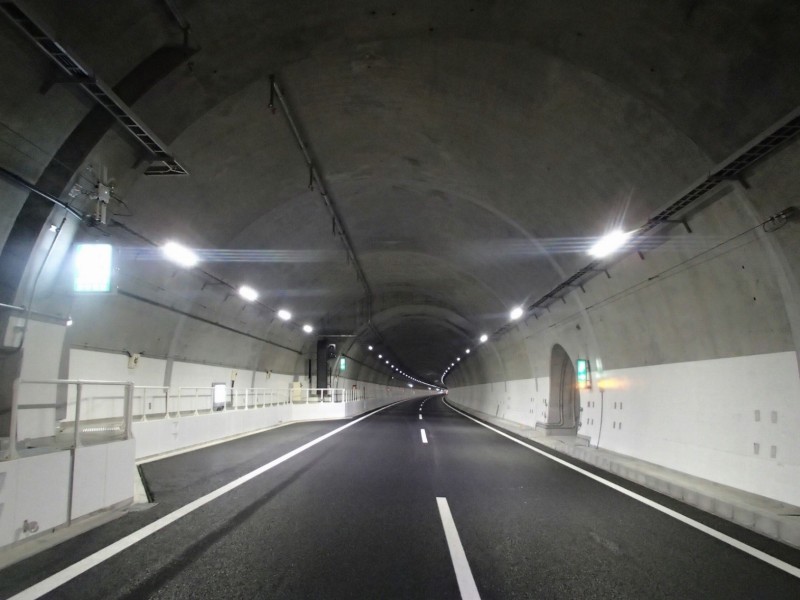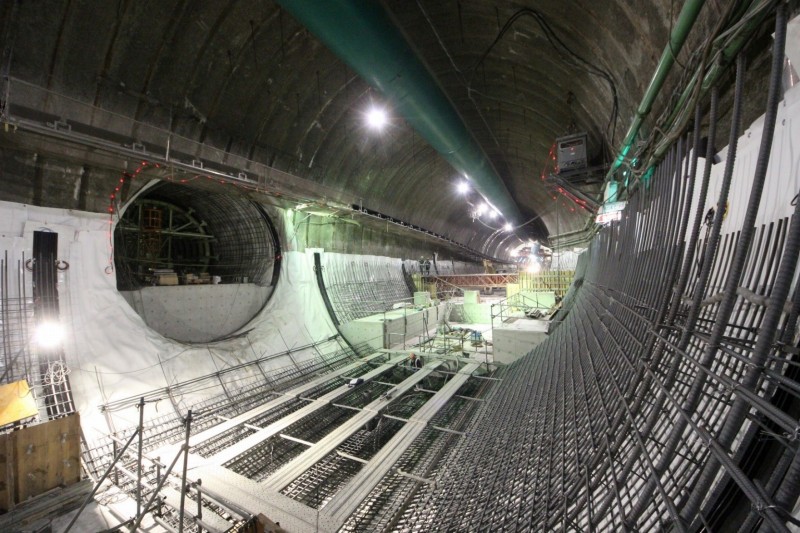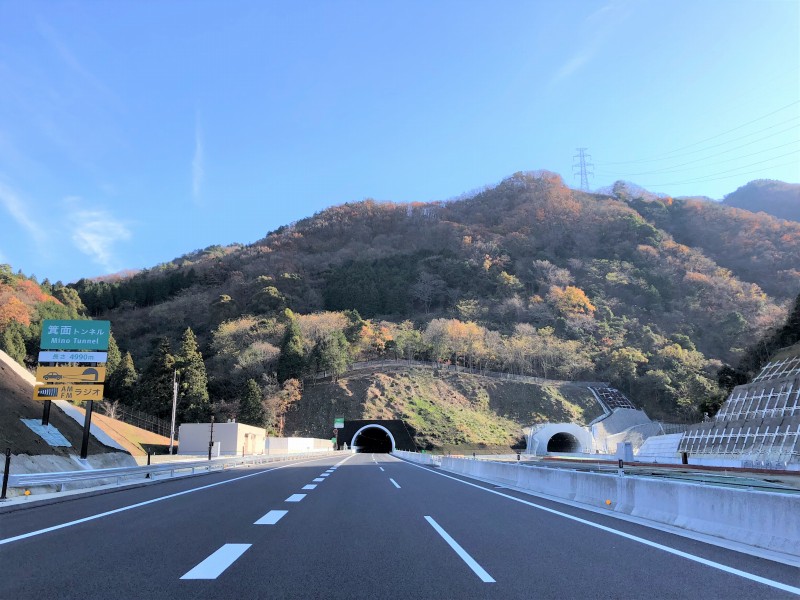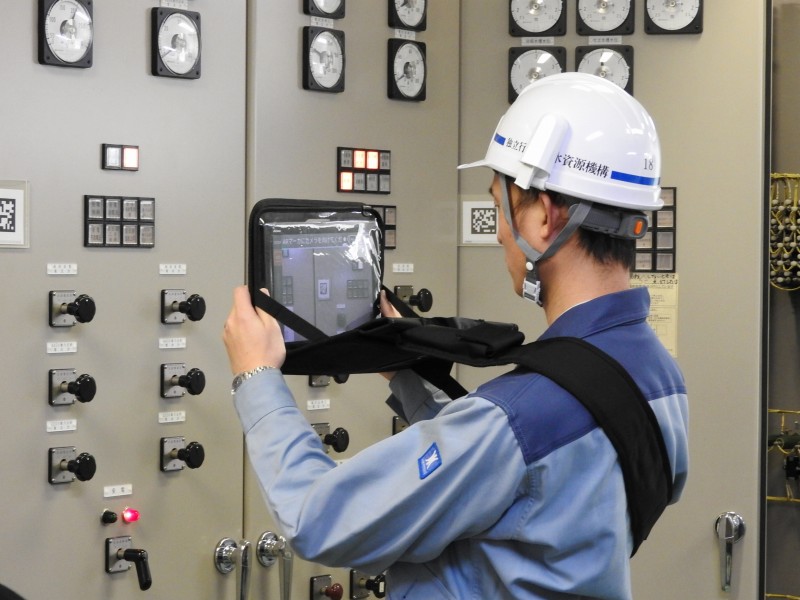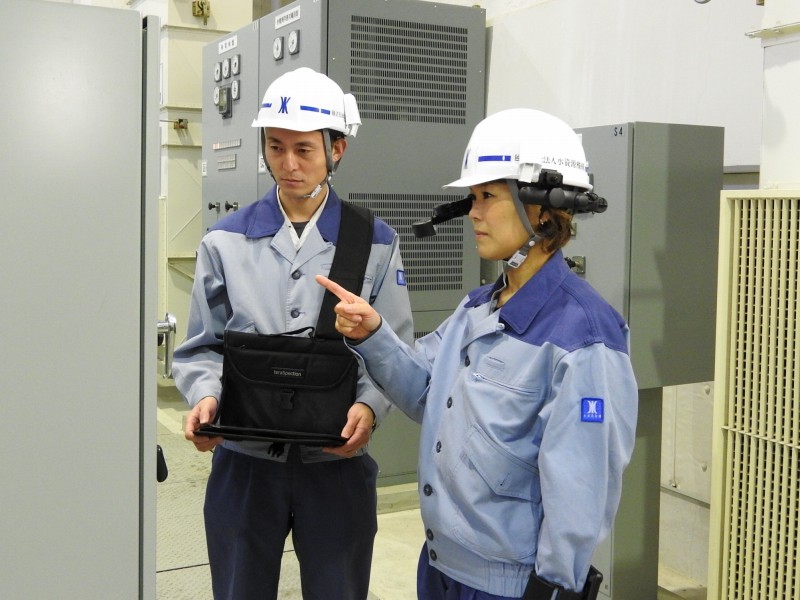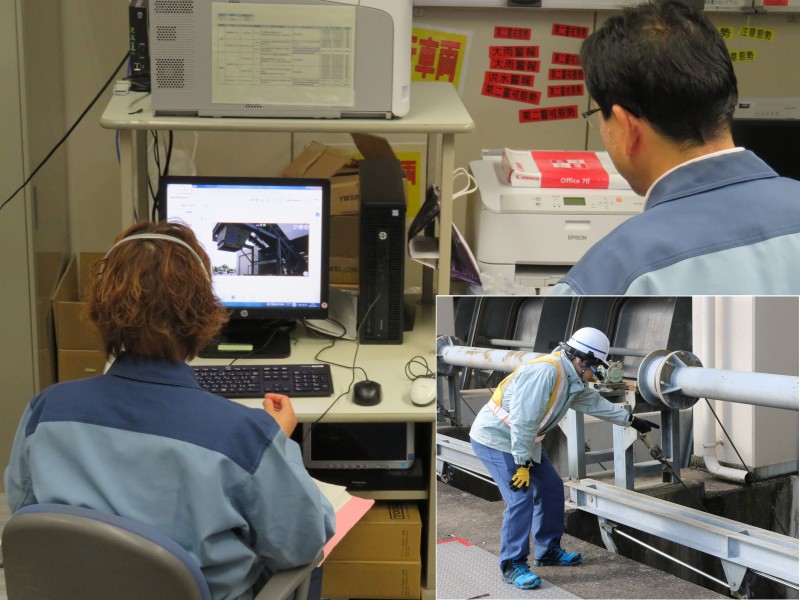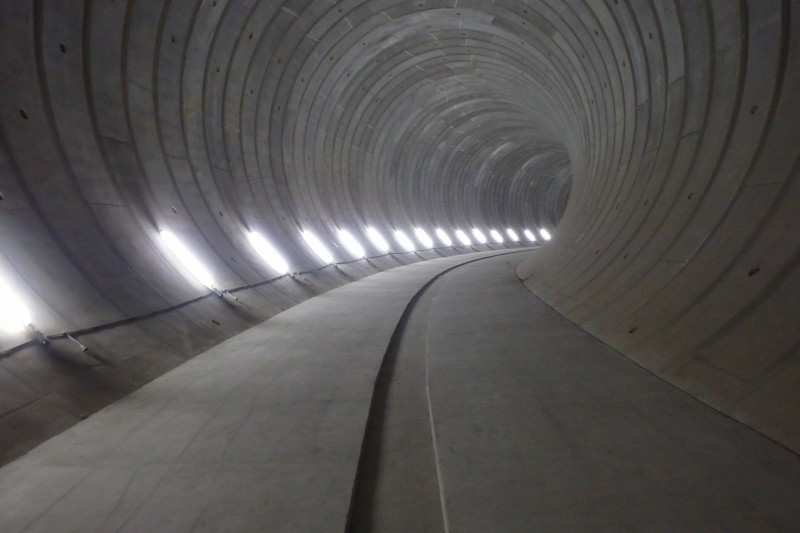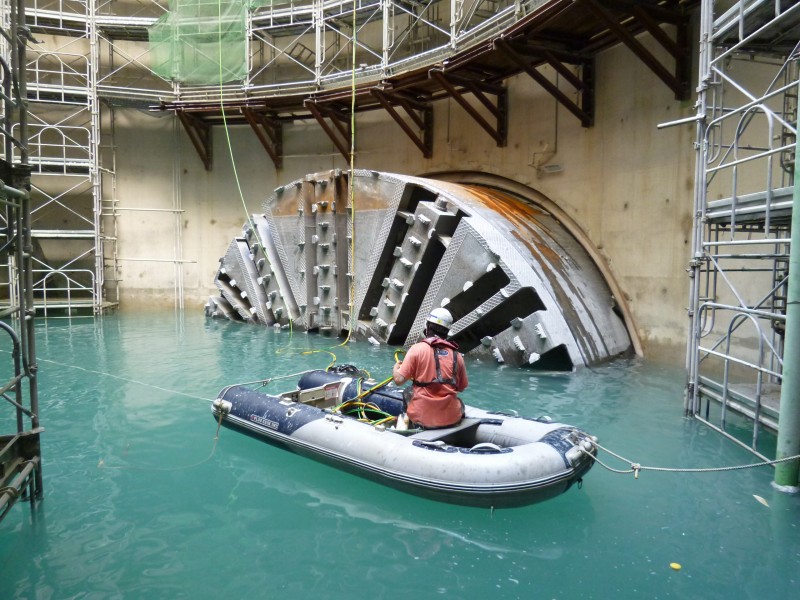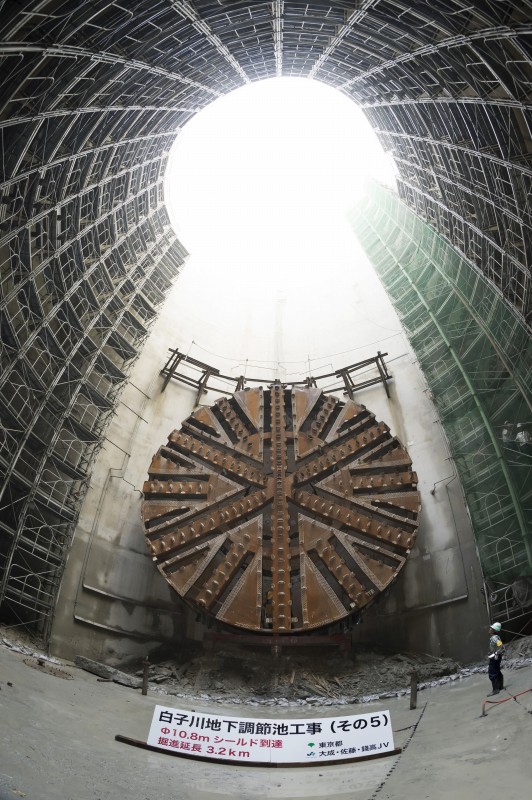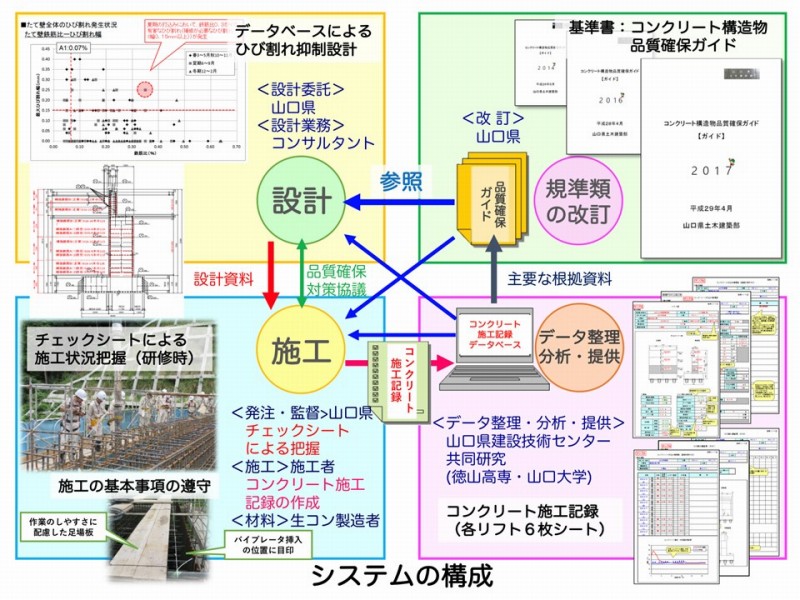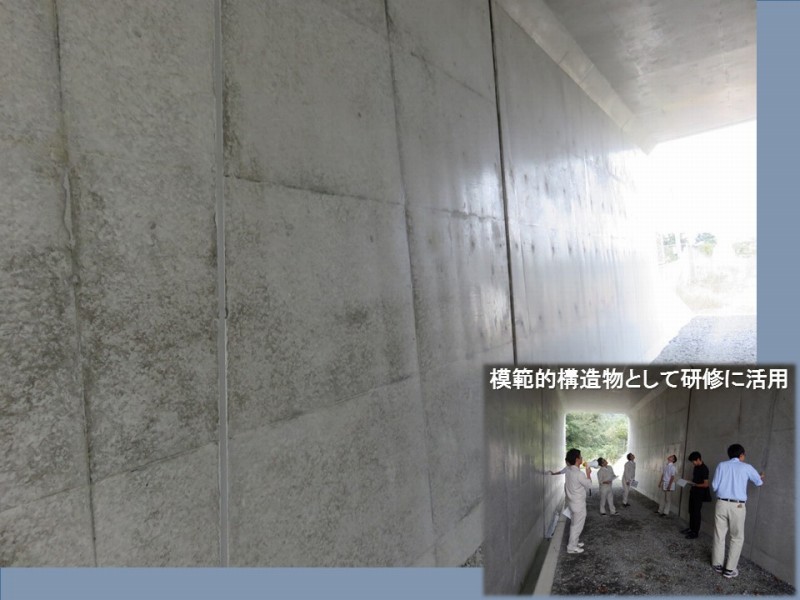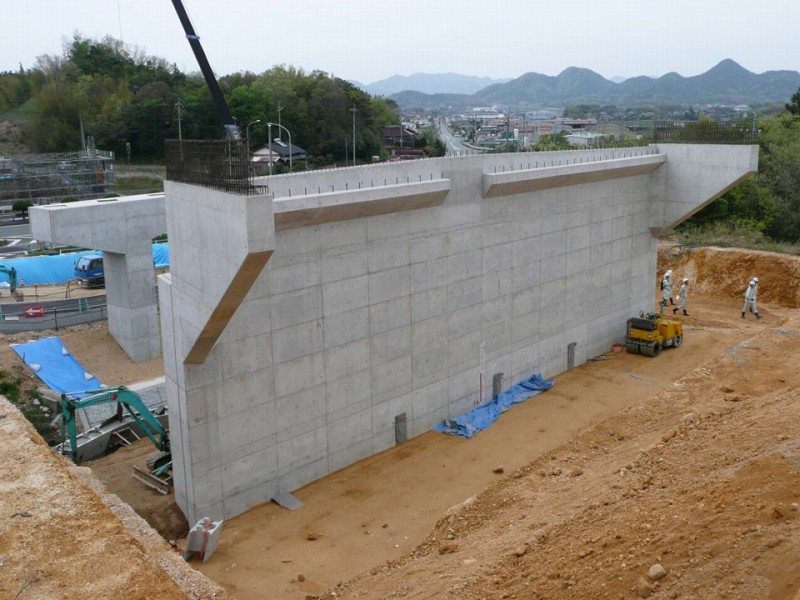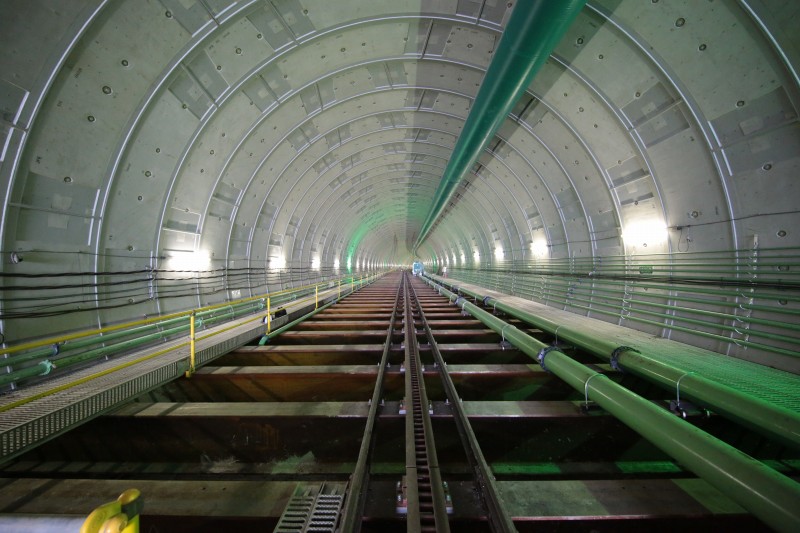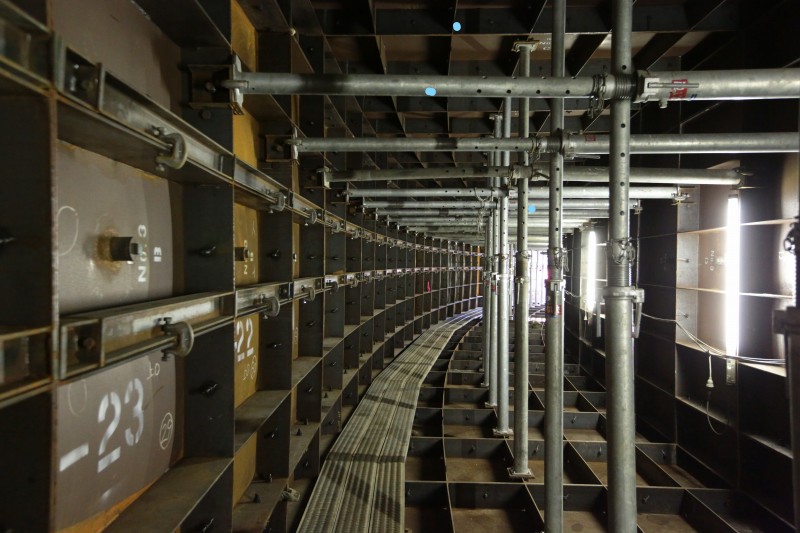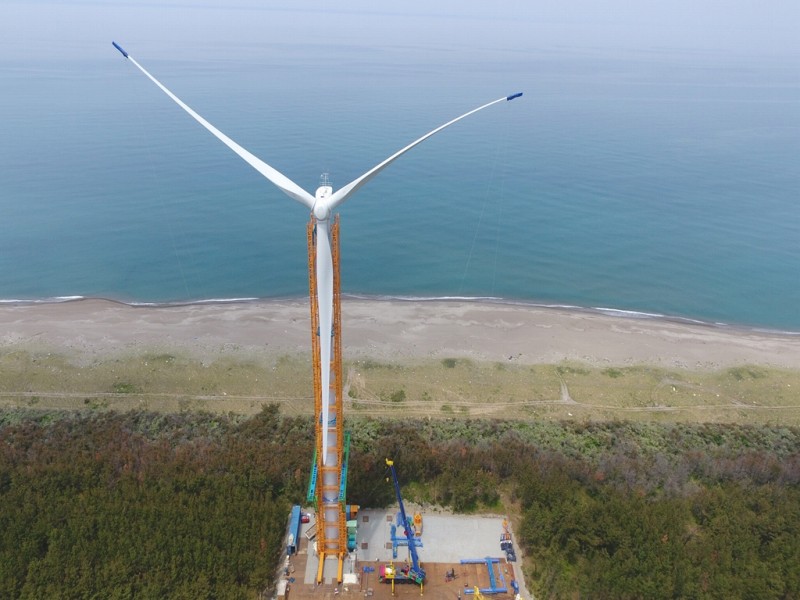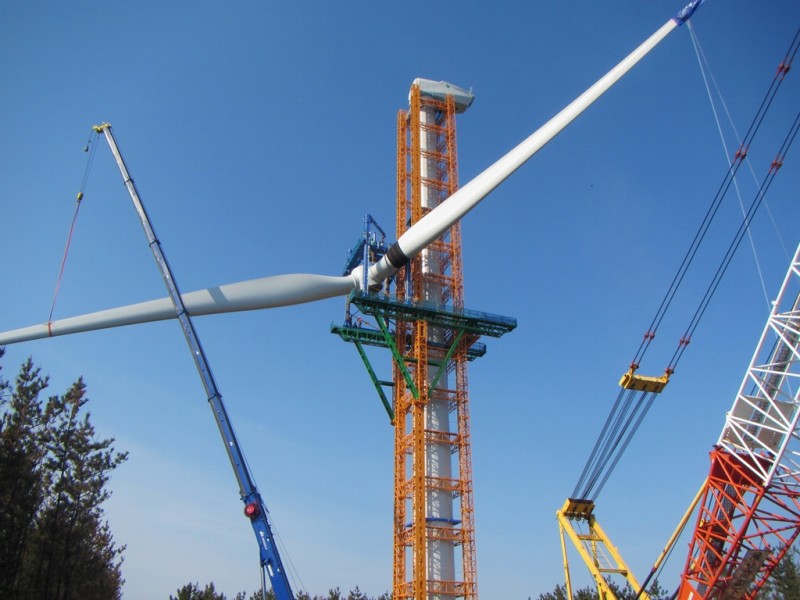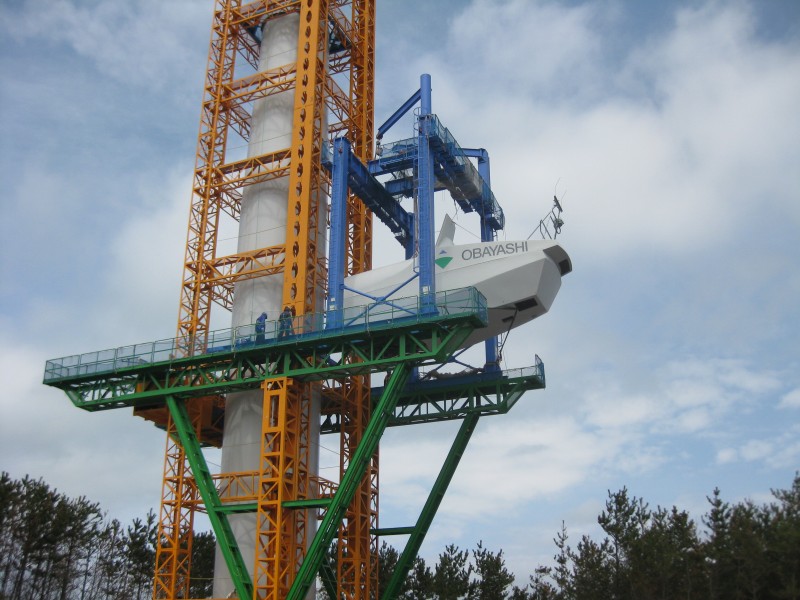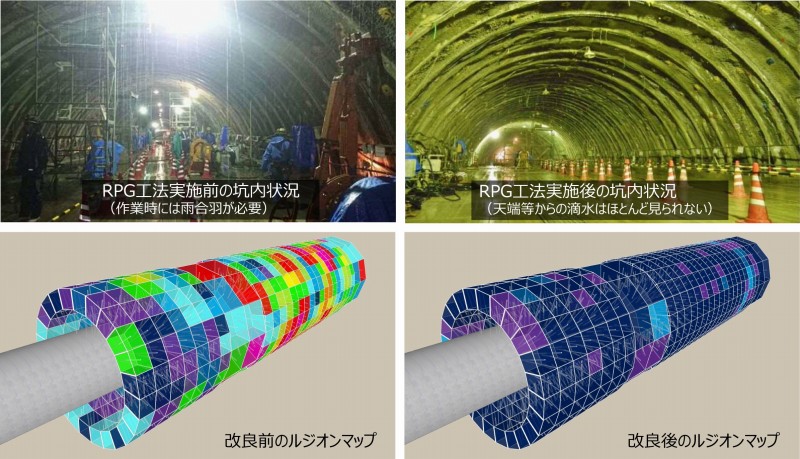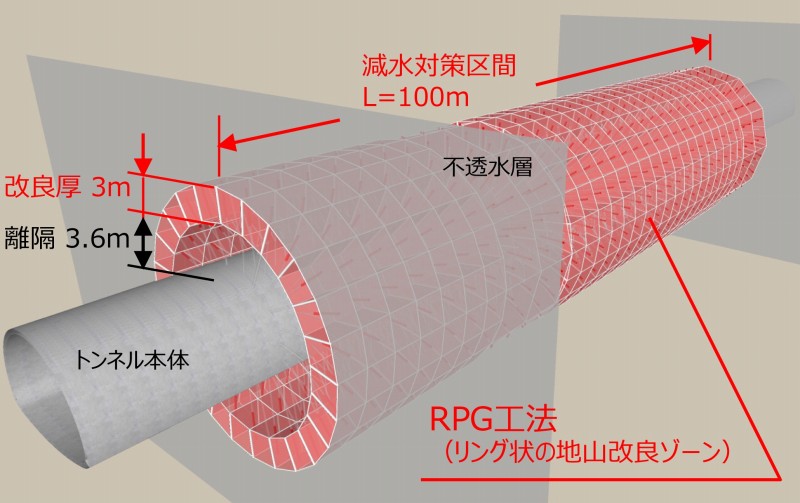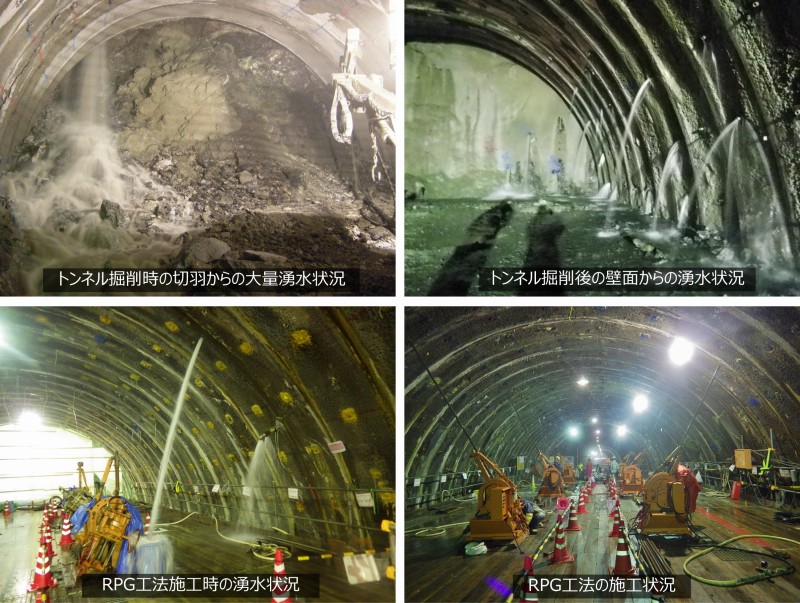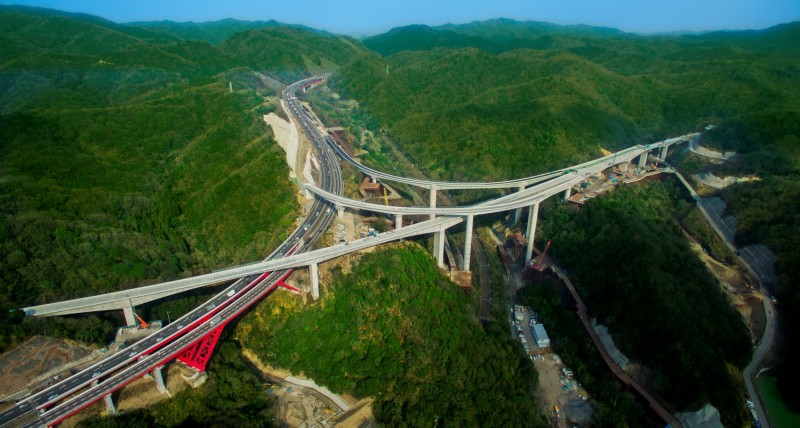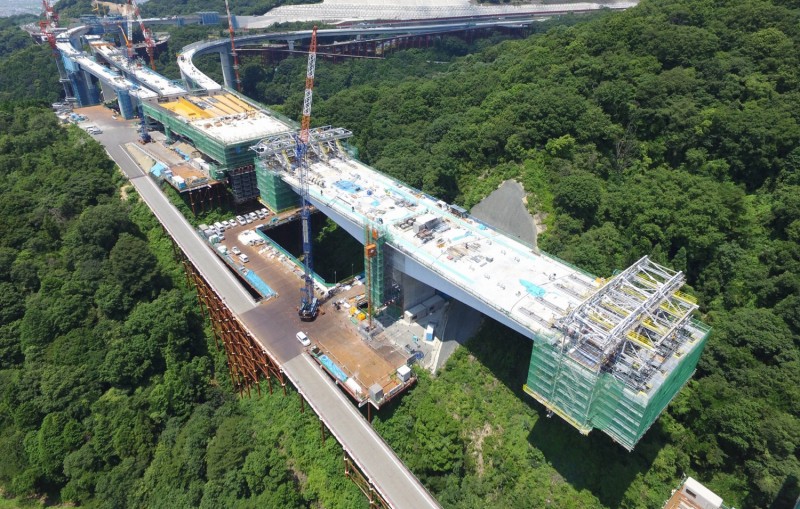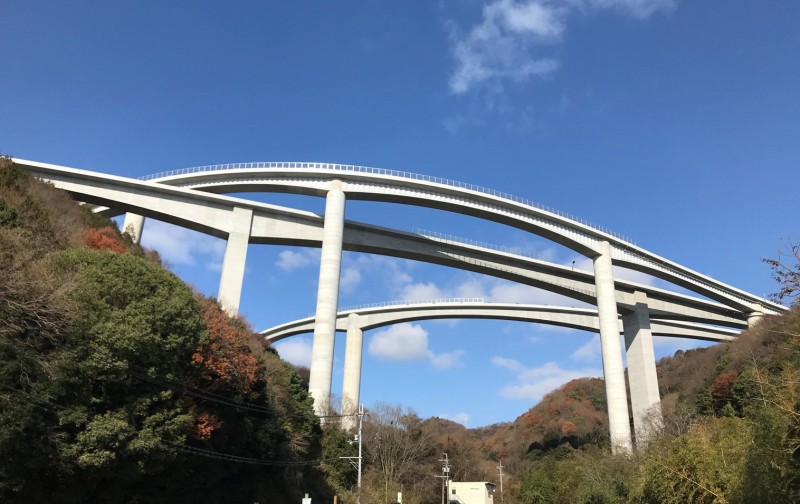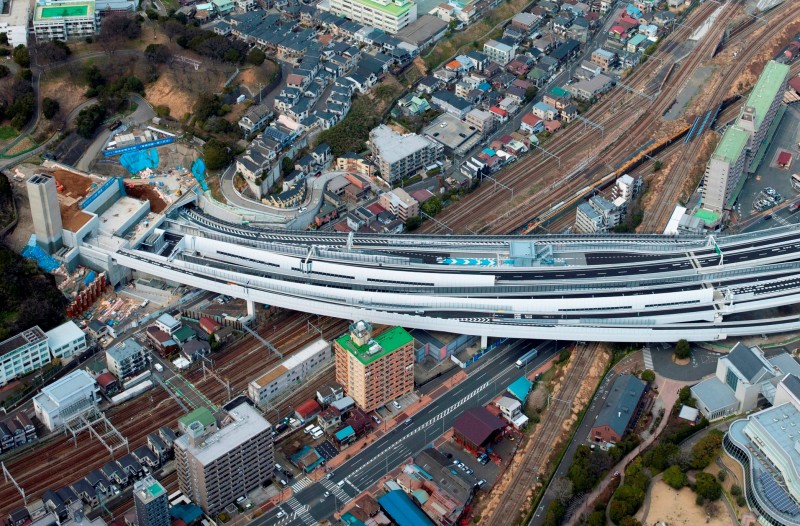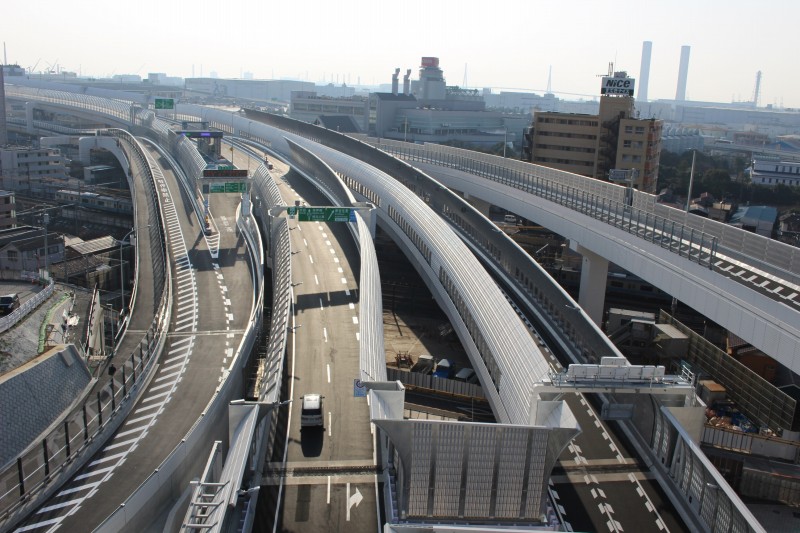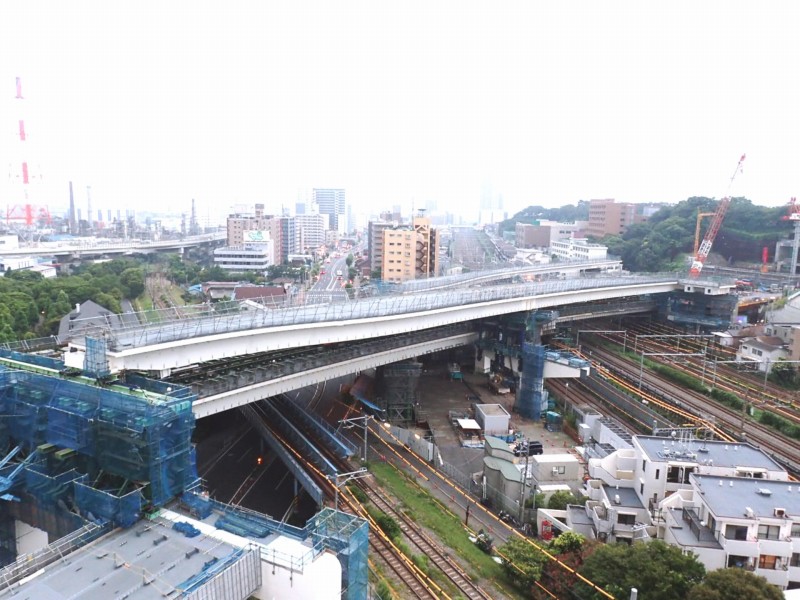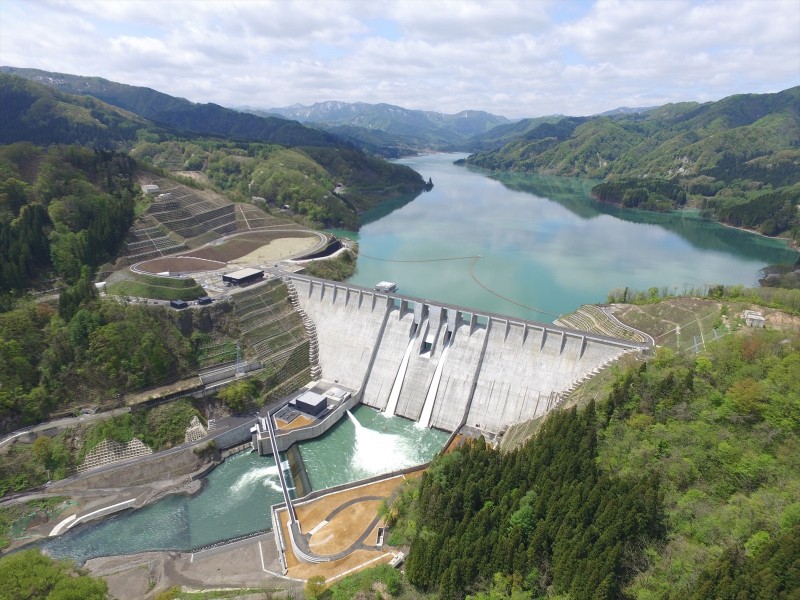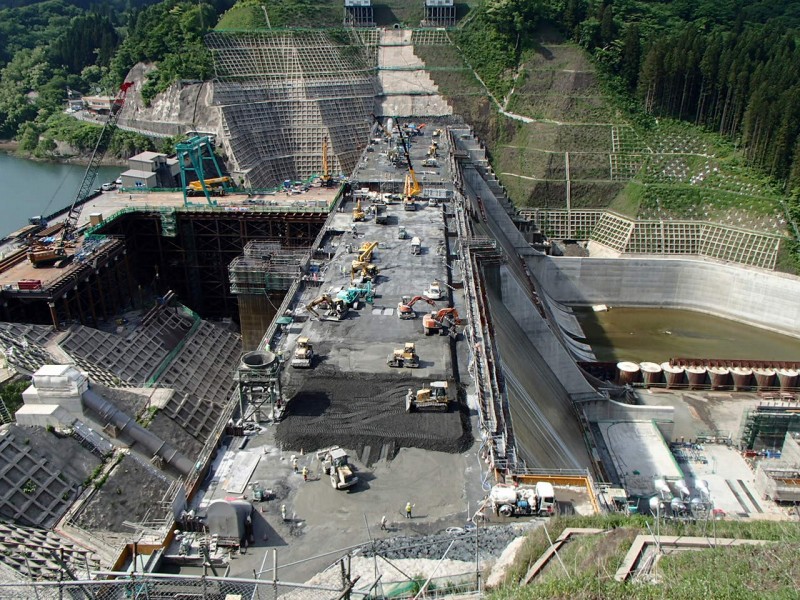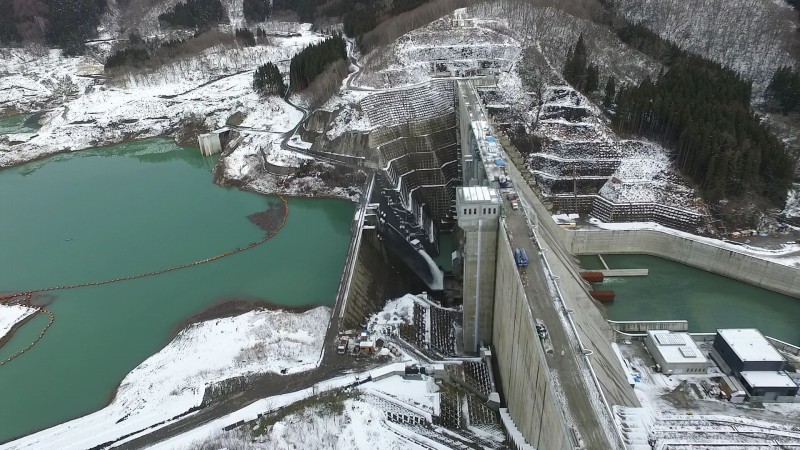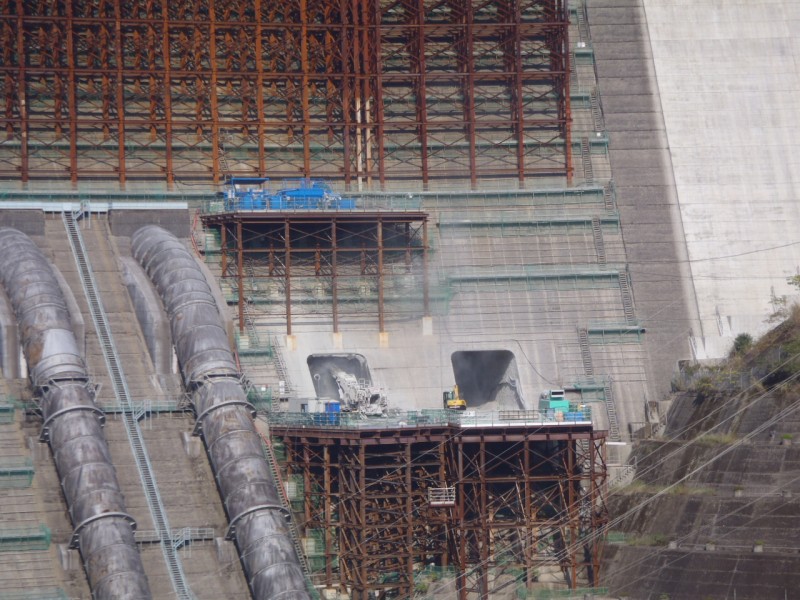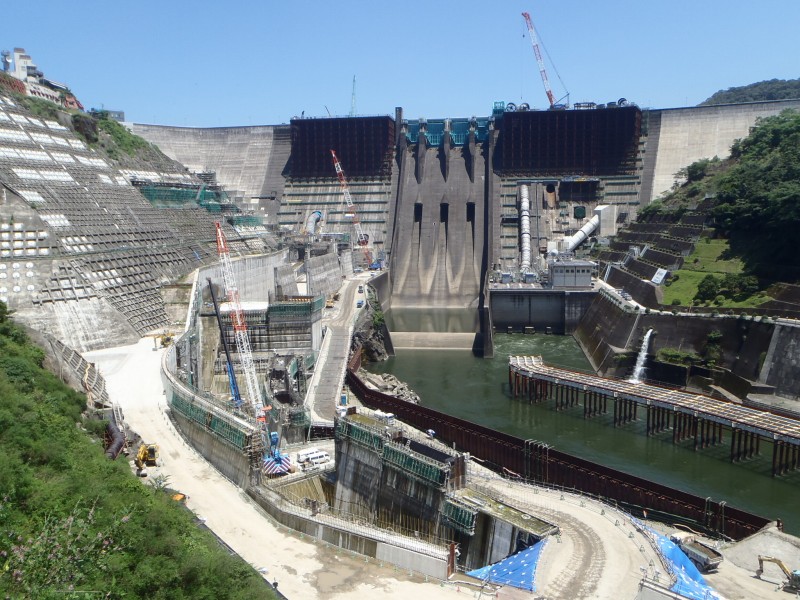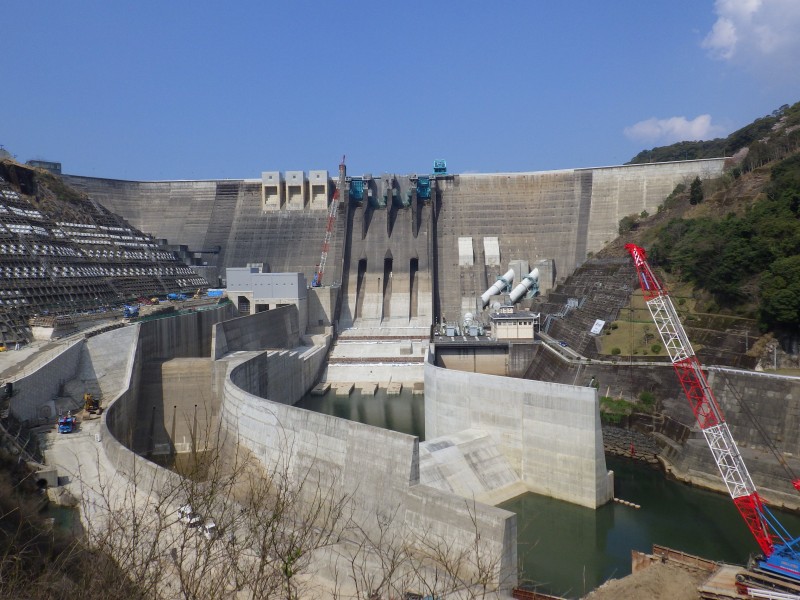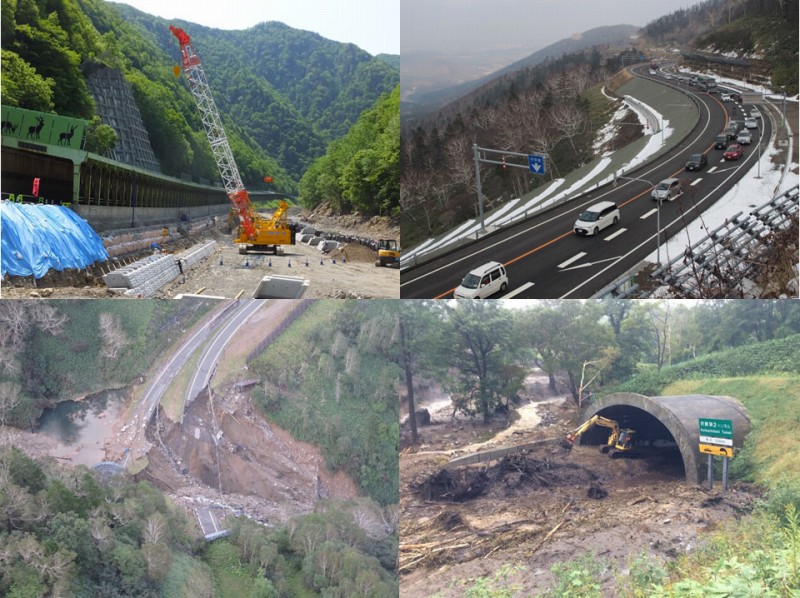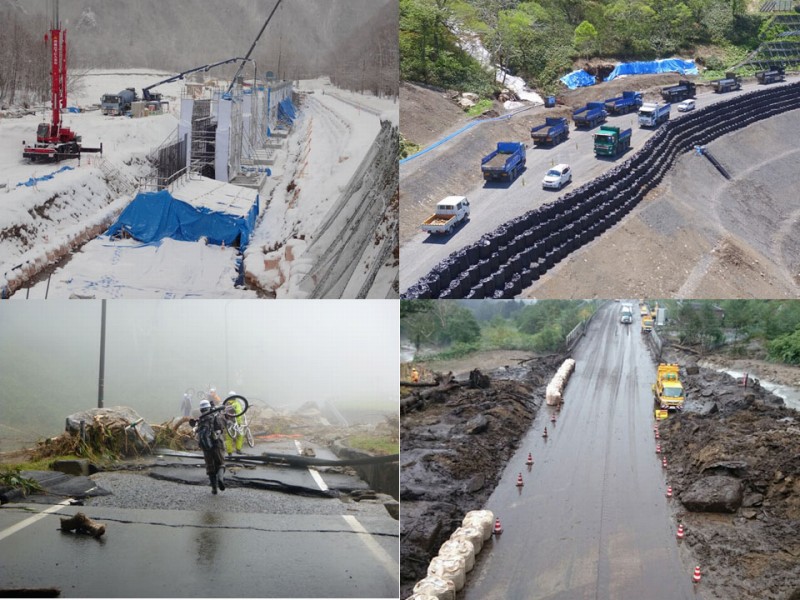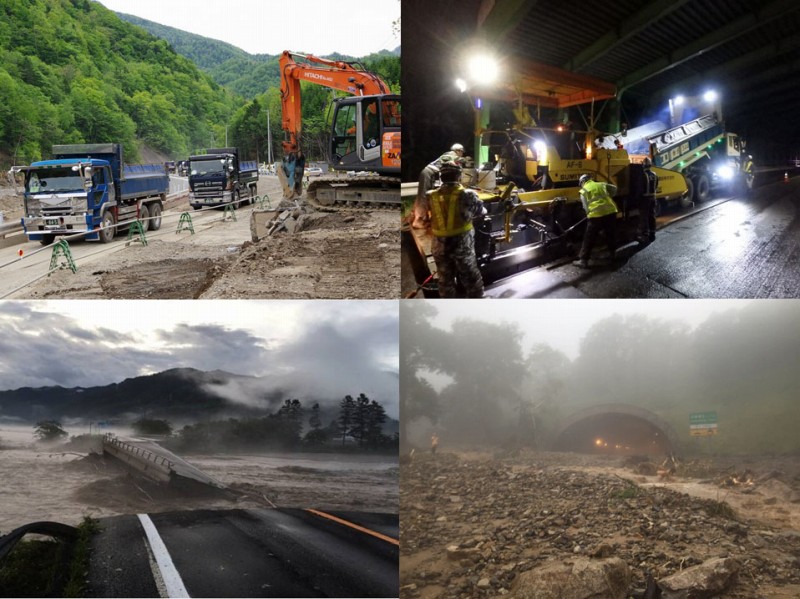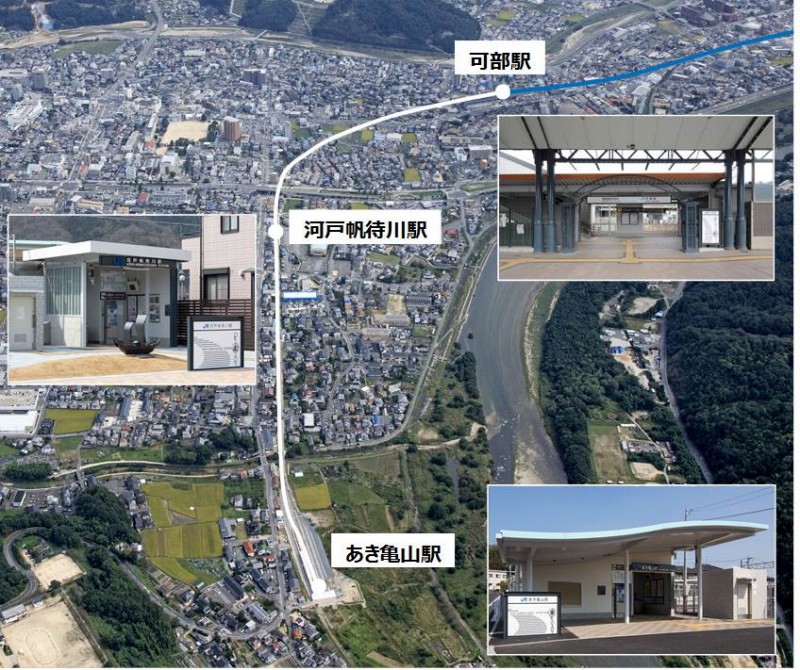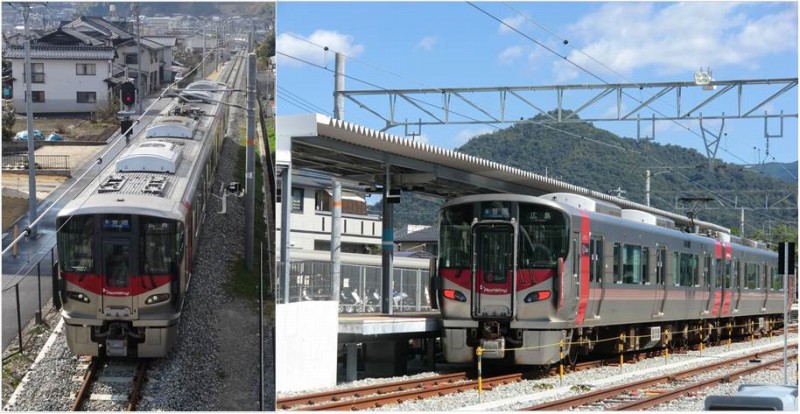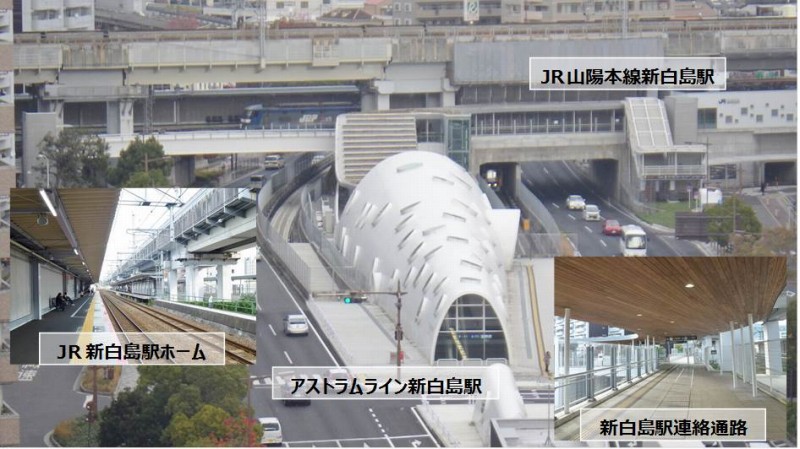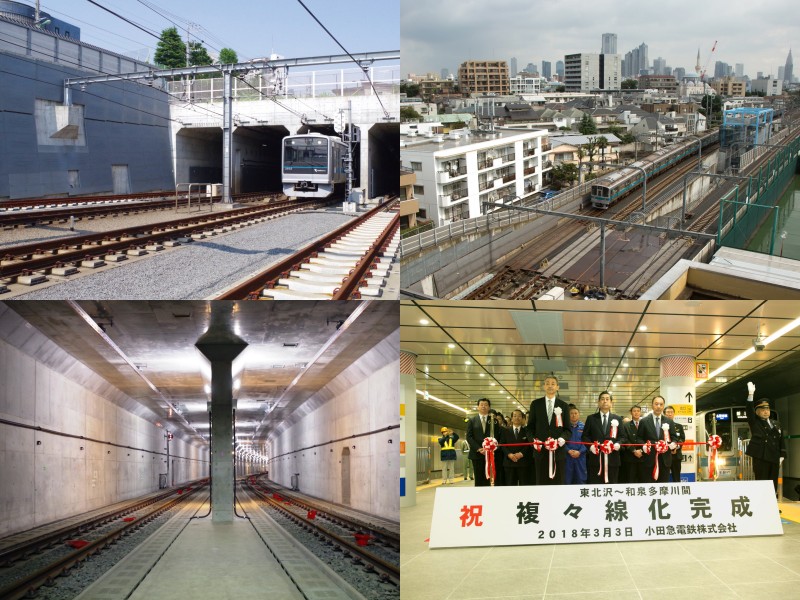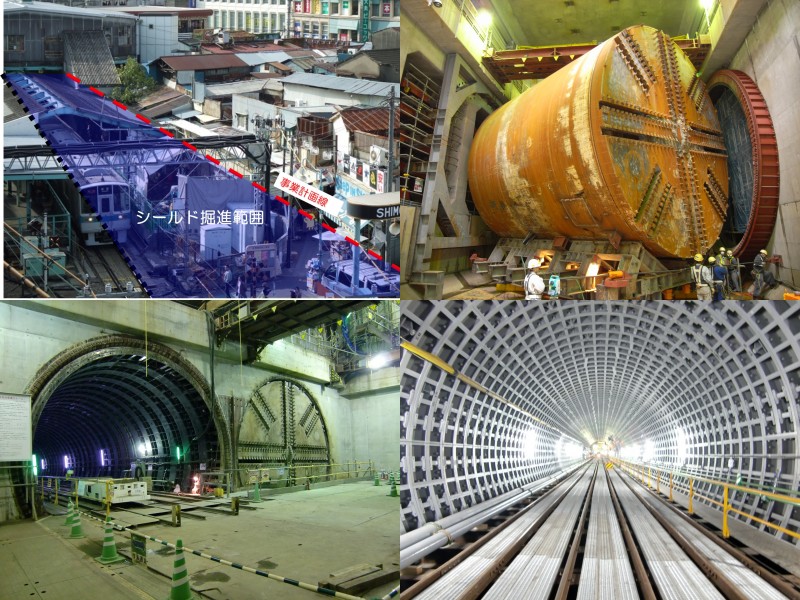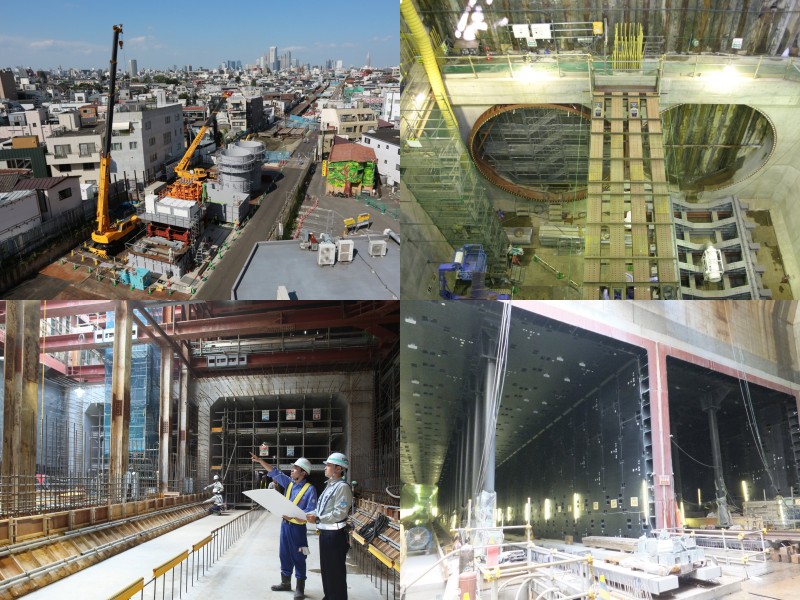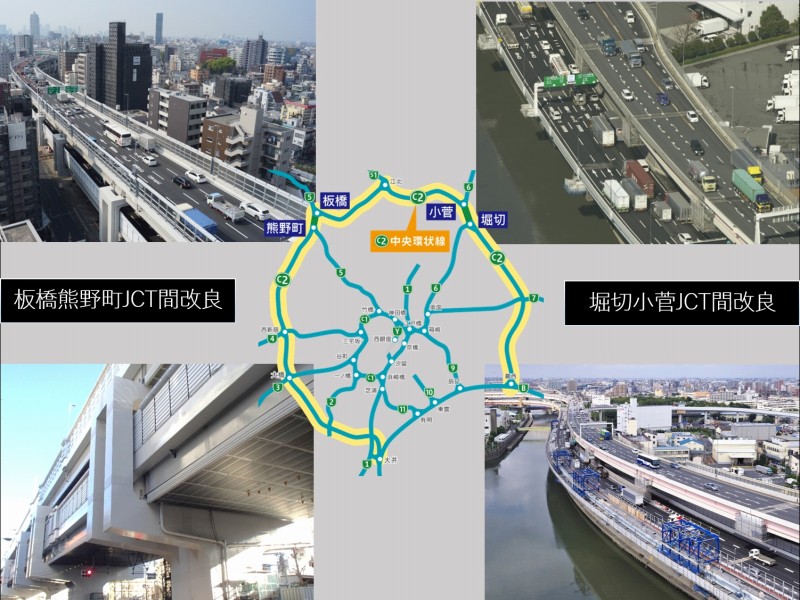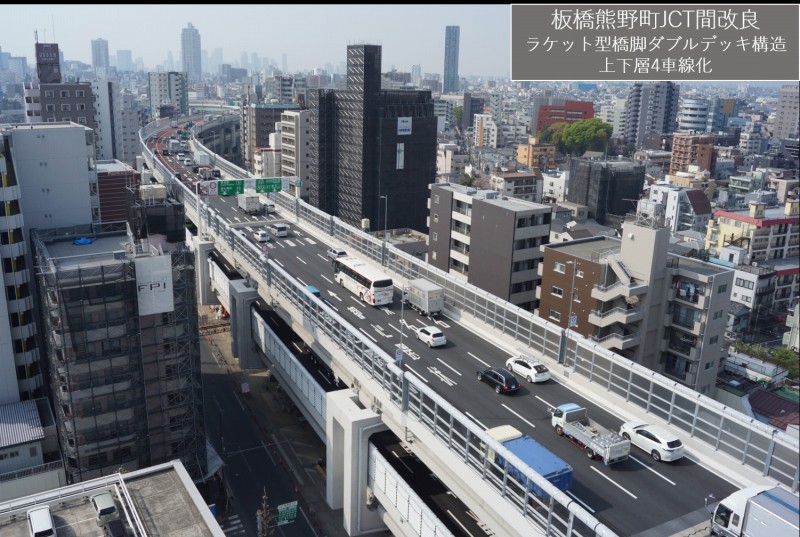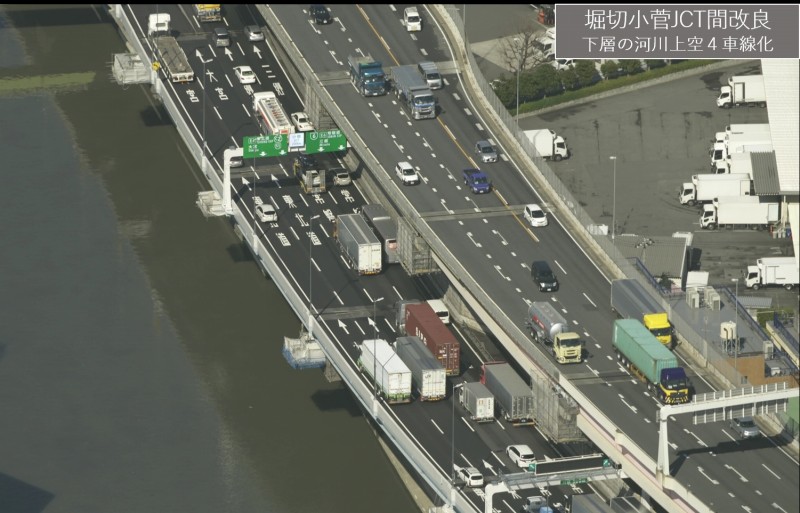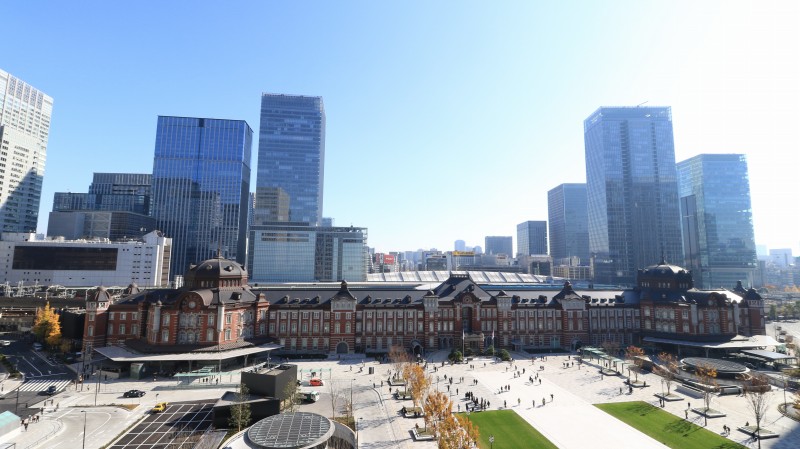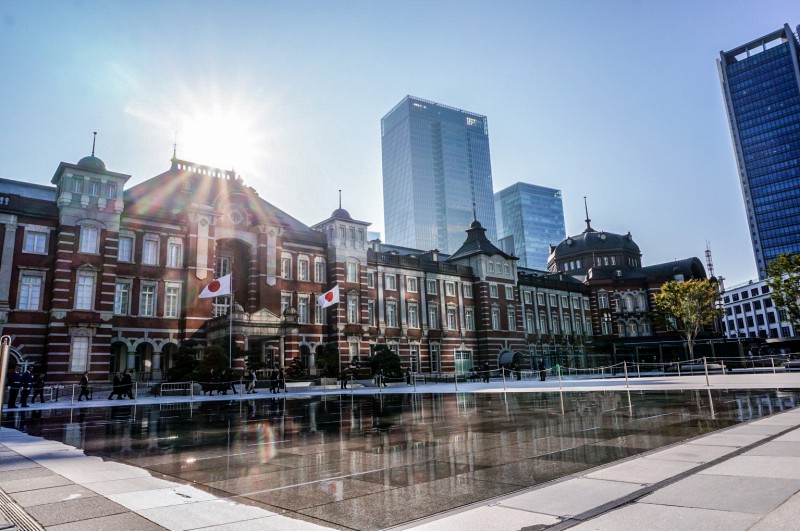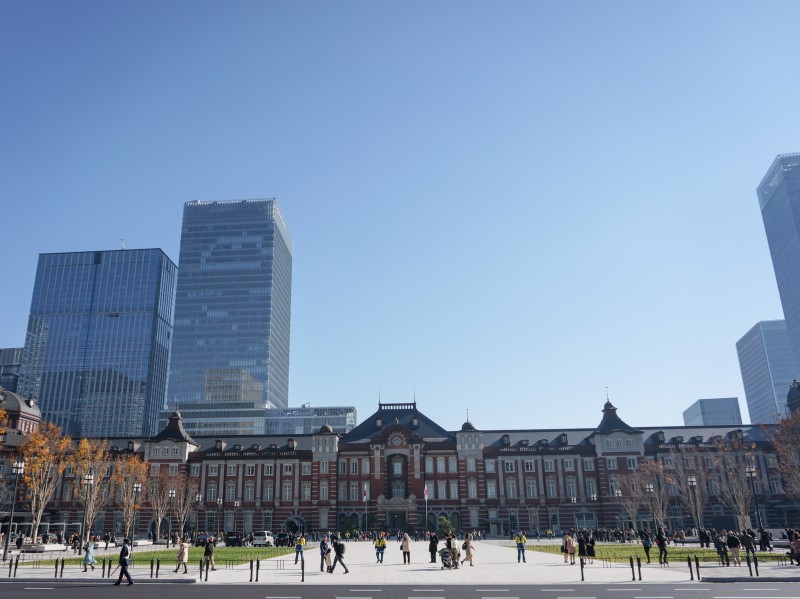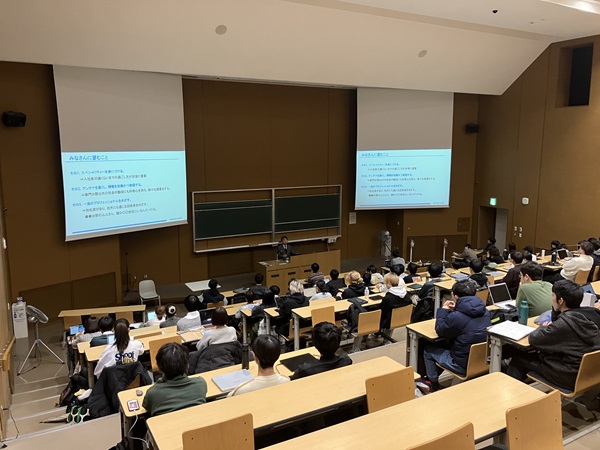2017 Outstanding Civil Engineering Achievement Award
[Group-1]
1. Water Resources Development and Irrigation Project at the Downstream Basin of Kunar River in Afghanistan
- Dr. Tetsu NAKAMURA (Peace Japan Medical Service and Japan Peshawar-kai)
The Japanese medical doctor Dr Tetsu Nakamura has been providing medical services in Pakistan and in the east of Afghanistan since 1984. He recognized that the restoration of agriculture is the ultimate “medical service” to help the villagers who were severely affected by conflict and drought due to climate change.
Dr Nakamura constructed a 385-meter-long “Oblique Weir with Boulders,” mobilizing the Japanese 18th century technique, and developed a stable irrigation intake from the steep Kunar River, along with a 25-kilometer-long canal. The technology was primitive however very practical, and successfully rehabilitated 3,000 ha of agricultural land, despite limitations of budget, hydrological and geographical data, construction techniques or materials.
2. UPWARD SHIELD TUNNELING PULL DOWN METHOD
- Osaka City Government Public Works Bureau Sewerage and Rivers Division
- Taisei Corp.
We developed a new method of removal of the upward shield machine in the tunnel itself by pulling the machine down inside the vertical manhole .
Shinimazato – Teradachou main sewer is a project to construct rainwater storage tunnel and special manholes as part of anti-inundation measures by Osaka city.
On the location of the project where the special manholes are to be constructed using upward shield tunnelling method, there are a main road with three traffic lanes on each side and private houses in addiiton to public facilities such as hospitals. For that reason, it was needed to minimize the impact on neighboring ground and limit noise and vibration during construction.
3. Construction of the road tunnel with the Roof and Culvert Method pulling the unprecedented large cross-section under the railways~ Tokyo Gaikan Expressway, Keisei Sugano Gaikan Underpass Construction ~
- East Nippon Expressway Company Limited, Kanto Branch, Chiba Construction office
- Keisei Electric Railway Co., Ltd.
- Shimizu-Keisei-Tokyu Construction Joint Venture
Keisei Sugano project adopted the Roof and Culvert method. The section of the pulled caisson is 18.4m height and 43.8m width. The project overcame the high degree of technical difficulties due to constructing by pulling the unprecedented large tunnel cross-section beneath the railways.
The main technical features are
1) Controlling the train rail deformation and stabilizing tunnel face under construction by employing upper/lower divided type cutting edge system.
2) Establishing design method for the large sectional steel segment box, analyzing the effects during construction by 3D FEM and adoption of the centralized control jacking and monitoring system.
The project was highly valued for the performance of the efficient and safe work.
4. One of the largest environmental conservation measures for long conventional tunneling.-Shin-Meishin Expressway, Minoh tunnel project-
- West Nippon Expressway Co., Ltd.
- Kajima Corp.
- Taisei Corp.
In the vicinity of the Minoh tunnel, river water is used as agriculture and tourism resources and houses are brought in close to tunnel mouth, suppression of the influence on water and living environment due to construction was requested.
Ultra-long horizontal boring was adopted to survey the influence on water environment and waterproof lining including cross passage was constructed in conventional tunneling for the first time. Blasting method that greatly reduces ground vibration and low frequency sound was established by the use of electronic detonators.
5. “i- Construction & Management” for operation and maintenance of facilities constructed on the Lake Biwa Development Project ~ the introduction systems for ICT to upgrade the management of wide-area and scattered facilities ~
- Incorporated Administrative Agency Japan Water Agency, Lake Biwa Development Integrated Operation and Maintenance Office
Prolonging the life of infrastructure and maximum use of its potential capacity are nation-wide challenges in Japan. In the case of the Lake Biwa, appropriate operation and maintenance (O&M) is required for lots of facilities such as sluice gates and drainage pumps scattered along the coast, while the shortage of professional engineers is becoming more serious. As a practical solution, three ICT-based O&M systems have been developed.
The systems have enabled centralized information management of various and scattered facilities. It is expected that the systems would be applicable to wide range of O&M fields and contribute efficient and accurate O&M by limited human resources. JWA was awarded the technical prize for developing them.
6. Establishment of excavating technologies of shield tunnel at a great depth and Development of construction methods for deep Vertical Shafts―Shirako River-Underground Regulation Pond―
- 4th Construction office Tokyo Metropolitan Government
- Taisei Sato Zenitaka construction joint venture
“Shirako River-Underground Regulation Pond” is the key underground flood control reservoir planned for typhoons and torrential rainfall, which is composed of a tunnel constructed by slurry type TBM and an inflow facility by the pneumatic caisson method.
In this project, we developed a new composite segment having a strong resistance to internal hydraulic pressure. In addition, we accumulated and enhanced knowledge about several technologies, such as excavation techniques in gravel layers under high water pressure, direct receiving procedures using easily-cuttable wall, and construction methods for deep vertical shafts with close to proximities to the residential areas.
7. Establishment of Crack Control/Quality Attainment System by Yamaguchi Prefecture and Its Development
- Yamaguchi Prefecture
- Tamura Takahiro (National Institute of Technology, Tokuyama College)
- Ninomiya Makoto (National Institute of Technology, Tokuyama College)
- Nakamura Hideaki (Yamaguchi University)
- Hosoda Akira (Yokohama National University)
Quality and cracking of concrete are always of the biggest concern for concrete engineers. In Yamaguchi prefecture, a revolutionary A4 sheet called “Construction Conditions Tracking Check Sheet” was developed. This check sheet is used to control cracking and improve covercrete quality of concrete structures. The check sheet clearly lists essential measures for appropriate concreting work to achieve high quality of concrete.
Furthermore, a crack control design system not requiring expensive numerical simulation of thermal stress was established based on a database of construction records of existing structures. In actual use, this system has been found to dramatically reduce harmful cracking and improve covercrete quality.
8. Ramp constructions under shallow overburden condition at the Tokyo Outer Circular Expressway Keiyo-junction Project(The preceding construction of top slab by the harmonica method and the underpinning method, and the countermeasure work of large cross-section tunnel under shallow overburden condition)
- East Nippon Expressway Company Kanto-Branch Chiba-Construction Office
- Taisei-Toda-Daiho Joint Venture
This project at Tajiri-Area is constructed to build the main line part of Keiyo-junction (tentative name) which is intersected Keiyo-Road way and Tokyo Outer Circular Expressway.
Due to the difficulty of open cut excavation method at the area, A-ramp tunnel that is passed under Keiyo-road, and D-ramp that is constructed under Ichikawa-Urayasu road are adopted by non-open cut method.
Both A-ramp and D-ramp are under shallow overburden condition, and the preventive work of road settlement and the preventive work against buoyancy were executed at the A-ramp tunnel construction at shallow overburden area from launching position. The D-ramp tunnel was constructed by the harmonica method and the underpinning method to prevent road settlement.
Both constructions are under existing road in service, the road settlement were controlled within minimum tolerance and completed without influence of public transportation.
9.First in Japan! Assembly of Large Wind Turbine by Wind Lift Method- Mitane Hamada Project –
- Obayashi Corporation
- Obayashi Wind Power Mitane Corporation
- Tomoe Research & Development Ltd.
Mitane Hamada project was a construction of three wind turbines in Mitane-cho, Akita prefecture. “Wind Lift” method which enables to erect a wind turbine at a minimum construction yard was developed and applied to this project for the first time in Japan.
Conventional erection methods using 1,200t hydraulic cranes require larger construction yard and its erection progress is easily affected by unexpected weather change or strong winds.
“Wind Lift” method is an unprecedented technology to assemble large wind turbines using the lifting stage that goes up and down along the tower frame. This method made heavy hydraulic cranes unnecessary and made reduction of construction yard, environmental problem, construction cost and assembly time possible. This new method is deserved highly to contribute the acceleration of the future wind power business.
10. Development of a unique method used to control and reduce a high water gushing during construction of a mountain tunnel (RPG, Ring-Post-Grouting)- Successful case to control and reduce incidents of water gushing, with a high arsenic concentration, which erupted on a large scale during the project of the Hokusatsu Tunnel, Kagoshima Prefecture –
- Road Construction Division, Public Works Department, Kagoshima Prefecture
- Special Construction Work Joint Venture of Kumagai Gumi Co., Ltd., Seibu Construction Co., Ltd., Watanabe Gumi Co., Ltd. and Kamada Construction Co., Ltd.
- Special Construction Work Joint Venture of Kumagai Gumi Co., Ltd. and Watanabe Gumi Co., Ltd.
During the project of the Hokusatsu Tunnel, huge gushes of water with a high concentration of arsenic occurred
To deal with this problem, we developed a unique solution, namely, a ring post-grouting system (RPG). Coupled analysis was utilized as a design technique to predict stability and water level behavior and to determine specifications for ground improvement, considering the elements of deformation/stress and seepage. In order to guarantee control of ground permeability based on a coefficient goal, an ultrafine cement which is excellent in penetration was used. Visualization of permeability coefficients on a 3-dimensional map enabled determination of the injection amount and method.
11. Elimination of Missing-link for industrial development in the Kinki area -Construction of Keinawa Expressway Kihoku-Nishi Road Wakayama Junction-
- Wakayama Office of River and National Highway, Kinki Regional Development Bureau, Ministry of Land, Infrastructure, Transport and Tourism
- Wakayama Construction Office, Kansai Branch, West Nippon Expressway Co.,Ltd.
- KAJIMA Corp. Kansai Branch
- OBAYASHI Corp. Osaka Branch
- KAWADA CONSTRUCTION Co.,Ltd. Osaka Branch
- SATO KOGYO Co.,Ltd. Osaka Branch
- Sumitomo Mitsui Construction Co., Ltd. Osaka Branch
Wakayama Junction composed of multiple bridges rising 100m above undulating land was constructed with a high level of rational construction techniques so as to shorten its construction period.
Some of the technical challenges to construct this junction include: shortening of construction period, minimizing the incidental risks associated with severe crossing site conditions, and constructing the long-span concrete structures. In order to face these technical challenges, the precast segmental erection method, and the prefabricated reinforcement cage method were adopted. For the span stitching works of the sharp curved superstructure, the permanent steel corrugated webs were also used as temporary structural members to provide their stability during the stitching works.
Completing this difficult and complex junction project successfully with those construction techniques is considered to exert a potent influence in planning, designing and construction of the future road projects and its achievement is highly evaluated.
12.Short-time Construction of 7 Sharply Curved Girders over 10 Railway Tracks(Railway Overpasses of Yokohama Ring Expressway North Line)
- East Japan Railway Company Tokyo Construction Office; Metropolitan Expressway Co., Ltd.
- Kanagawa Construction Bureau
- City of Yokohama Road and Highway Bureau
- Kajima Corp.,Maeda Corp.,Keikyu Construction Corp. Joint Venture
- JR East Consultants Company
Girder bridges of Yokohama Ring Expressway North Line have been constructed over the major railway tracks and national road. The characteristic of the bridges is sharply curved 7 girders whose widths and heights change gradually.
For managing launched-girder erection accurately, the erection devices had a control function of the changes of width and curvature, and a GPS monitoring system was used. To shorten construction time, several bridge lowering devices were designed corresponding to the construction condition and landing height difference, and the sliding seismic equipment was installed.
With these construction methods, the construction was completed within 5 years, working only short night shifts when train was not operating, while securing the safety of the railway tracks and the national road under the bridges. Completion of the construction contributes to the development of bridge construction technology.
[Group-2]
1. "Construction of Tsugaru Dam" - Dam redevelopment project by rationalization construction and social capital improvement considering regional and environment -
- Ministry of Land, Infrastructure, Transport and Tourism Tohoku Regional Development Bureau Iwakigawa Dam Integrated Management
- Hazama Ando · Nishimatsu Construction Joint venture
Tsugaru dam is a concrete gravity dam with a dam height of 97.2 m built in the Iwaki River and is a redevelopment project of Meya dam. In 1960 Meya dam was built, but due to the increase in flood control and water use demand, Tsugaru dam will be constructed.
We resolved to rationalize the concrete placement, and coped with the process delay caused by the Great East Japan Earthquake.
We have received the 2017 Good Design Award by considering the region and the environment.
Conduit gate, water quality preservation facility, clear water bypass was built as measures to prolong the turbid water. We avoided drought that was concerned by dam operation in last summer.
2. Tsuruda Dam Upgrading Project~The Leading Project of Dam Upgrading in Japan~
- Ministry of Land, Infrastructure, Transport and Tourism Kyushu Regional Development Bureau.
The Tsuruda Dam Upgrading Project is the largest upgrading project of Dams in Japan. As its construction works had to be done in parallel with its operation, there were so many unprecedented site restrictions. However, the project was completed in 10 years without delay despite such difficult circumstances.
There are many achievements we made toward the successful completion of the project, such as making an agreement with the local community by good relationship, development of construction technology for the largest drilling work of dam body and construction under deep water, zero emissions and contribution to the region by "Dam tourism".
The achievement of this project is worth being called "Leading project of Dam upgrading".
3. The recovery work of the National Highway Rt. 274 and Doto Expressway from the damage resulting from the heavy rainfall in August, 2016, which promptly reopened the routes.
- Hidaka Road Office, Muroran Development and Construction Dept.,Hokkaido Regional Development Bureau (HRDB), MLIT
- Obihiro Road Office, Obihiro Development and Construction Dept., HRDB, MLIT
- Obihiro Operation Office, Hokkaido Regional Head Office, NEXCO Co., Ltd.
- Rt. 274 Nissho Pass Section Recovery Work Development Association
- Rt. 274 Nissho Pass Section Recovery Work Liaison Council.
In 2016, the Nissho Pass section of the National Highway Rt. 274 suffered serious damage including roadway and bridge destruction, which were caused by record heavy rainfalls in August. Thanks to the cooperative efforts of public and private sections, Rt. 274 recovered its logistics function as an arterial road after 14 months’ closure, an amazingly short period, considering its serious damage. The Doto Expressway that parallels Rt. 274 was also damaged by mudflows and road surface depression, but it could reopen after mere one-day closure due to intensive recovery work. The swift recovery of the routes is highly evaluated to secure logistics between central and east Hokkaido.
4. Extending the Electrified JR Kabe Line and Development of the Hiroshima Public Transportation Network — Reviving Abandoned
- West Japan Railway Co.
Ministry of Land, Infrastructure, Transport and Tourism - Hiroshima City
A part of abandoned track (1.6km) on the Kabe line was electrified to develop northern Hiroshima’s public transportation while also improving accessibility and updating stations. A new station (Shin-Hakushima) was also built between Hiroshima and Yokokawa stations to serve as a new nodule between the JR Sanyo main line and Astram line, further strengthening the city-center transportation network.
The restored section on the Kabe line is the first case where public and private interests have joined forces (with the municipality being a partial owner), implementing new technologies to reinforce support structures and performing operations to improve sustainability vital to ensuring railway safety.
5.Japan’s First Line Expansion Project, 4 Lines and Grade Separation Underground Tunnel, Under The Conventional Railroad- The Completion of Urban Rapid Rail Transit No.9 -
- Tokyo Metropolitan Government
- Japan Railway Construction,Transport and Technology Agency
- Odakyu Electric Railway Co.,Ltd.
- Obayashi・Tekken・Goyo JV
- Toda・Tokyu・Fujita JV
- Taisei・Maeda・Nishimatsu・Zenitaka・Mitsui Sumitomo JV
- Shimizu・Konoike・Daiho JV
- Kajima・Okumura・Fujita JV
The aim of this project is to substitute continuous grade separation and multiple double track between Yoyogi Uehara station and Umegaoka station (2.2km) by constructing underground tunnel under the conventional railroad.
Completion of this project will integrate the city, and Odakyu Line can operate on multiple lines between Yoyogi Uehara and Noborito (11.7km), which contribute improvement of the metropolitan transportation network, by greatly reducing time and congestion of the train.
This project required unprecedented advanced technologies such as parallel shield construction under the conventional railroad, in a severe environment where commercial and residential dense area.
For that reasons, this project would be evaluated as contributing to the development of society and civil engineering technology, and it would be worthy technical prize.
6. Projects to enhance the Central Circular Route's-Upgrading the section between the Itabashi and Kumanocho junctions / Upgrading the section between the Horikiri and Kosuge junctions -
- Metropolitan Expressway Co., Ltd.
The intent and purpose of those projects was to relieve heavy traffic congestion, where each projects locates one of busiest sections on Metropolitan Expressway, the urban motorway in Tokyo. Their number of lanes were increased 3 to 4 on each direction, in the upgrading projects.
Many creative engineering solutions which fit to site conditions had been devised, not to close to traffic during construction work while accepting temporary reducing the number of lanes at night-time, such as the sandwich pier construction method and the hanging girder-erection-frame method.
7. Tokyo Station Marunouchi Square Development~An Integrated Urban Space Development from Tokyo Station Marunouchi Building to the Imperial Palace~
- East Japan Railway Company
- Tokyo Metropolitan Government
“Tokyo Station Marunouchi square development” created an urban space as “the face of Tokyo”, which has an elegant landscape from Tokyo Station to the Imperial Palace.
In this project, a prefectural road which is on the outer circumference of the Marunouchi square was renovated, and the square was developed by concentrating functions of a transport node and traffic lines of logistics in northern and southern areas. 4 policies of the total design of Tokyo Station area were embodied in the square: creating an elegant space, respecting history, emphasizing the Marunouchi station building and designing spaces from users’ viewpoint.

